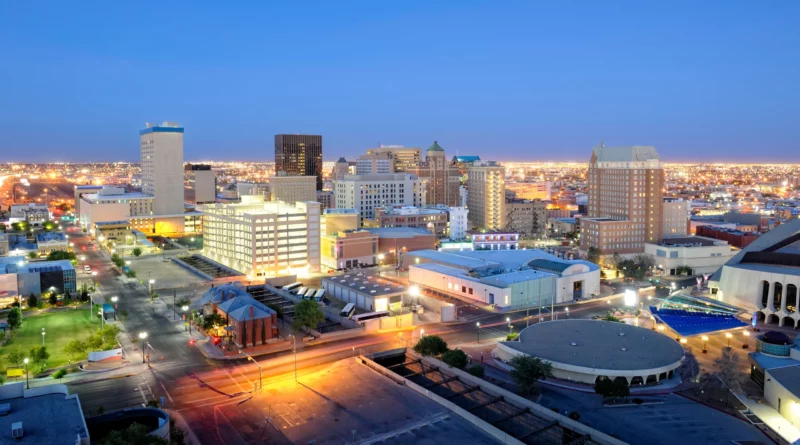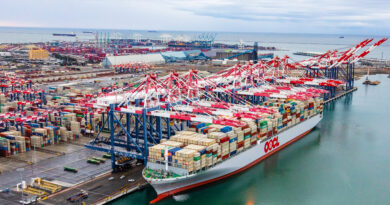History of El Paso TX
El Paso’s history begins long before it became a city, with evidence of human habitation dating back thousands of years. Situated at the western tip of Texas, where the Rio Grande carves a path through the mountains to form a natural pass, the area was first inhabited by ancient peoples who left behind rock paintings and artifacts. The name “El Paso” itself, meaning “the pass” in Spanish, reflects this geographic significance.
In the 16th century, Spanish explorers, including Don Juan de Oñate in 1598, arrived in the region, marking the beginning of European influence. Oñate conducted a mass baptism of local Native Americans and declared the territory for Spain, establishing El Paso as a crucial point on the Camino Real, a colonial trade route stretching from Mexico City to Santa Fe.
The Mexican Period and Territorial Changes
After Mexico’s independence from Spain in 1821, El Paso became part of the Mexican state of Chihuahua. During this period, the settlement served as a trading and agricultural community, significantly influenced by missions and the arrival of settlers and traders.
The Mexican-American War (1846-1848) ended with the Treaty of Guadalupe Hidalgo, through which the U.S. acquired vast territories including present-day El Paso. This transition marked a new era of development as El Paso was officially incorporated in 1873, spurred by the expansion of the railroad in the 1880s. The arrival of the railroads transformed the city into a bustling transportation and commercial hub.
20th Century Growth and Challenges
The early 20th century was a period of rapid growth for El Paso, influenced by the Mexican Revolution and World War I. The city became a refuge for people fleeing the violence in Mexico, including political figures like Francisco Villa. This influx contributed to a diverse cultural tapestry and economic growth, although it also brought challenges such as social tensions and a need for infrastructure development.
During World War II, El Paso’s strategic location and transportation infrastructure made it a military center. Fort Bliss, established in the 1840s, expanded significantly and played a critical role in training and defense. Post-war, El Paso continued to grow, with an economy based on manufacturing, oil, and agriculture.
Contemporary El Paso and Cultural Heritage
In recent decades, El Paso has become known for its strong bi-national economy and culture, largely due to its proximity to Ciudad Juárez, Mexico. The two cities function as a single international metropolitan area, with intense cross-border trade and cultural exchange. El Paso is celebrated for its unique blend of American and Mexican cultures, which is evident in its food, music, and festivals.
Today, El Paso is a vibrant community that honors its rich history while looking toward a future of continued growth and cross-cultural collaboration. It stands as a testament to the complexities of American history, representing centuries of cultural exchange, conflict, and cooperation at the crossroads of the U.S. and Mexico.
Discover more from City Towner
Subscribe to get the latest posts sent to your email.




